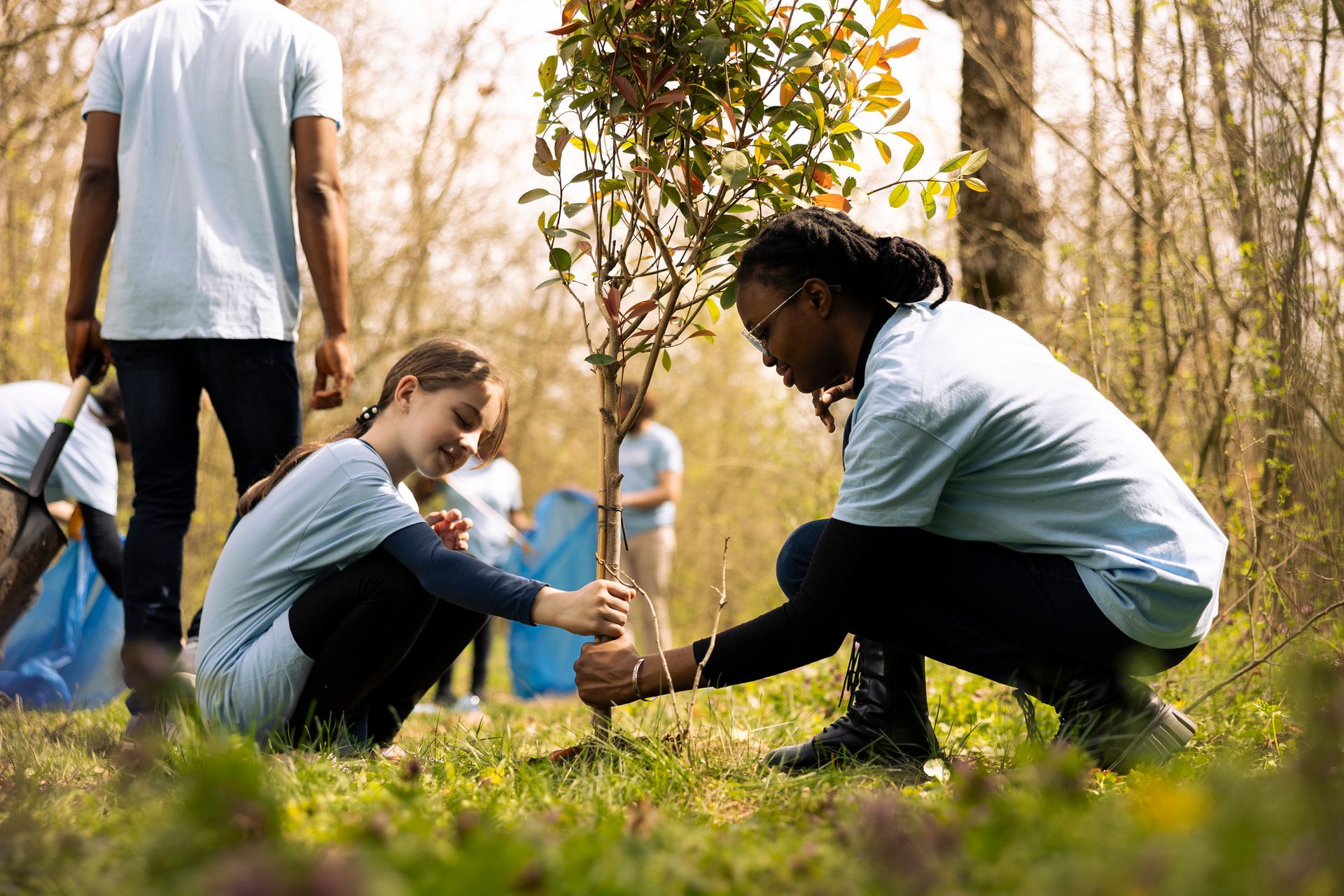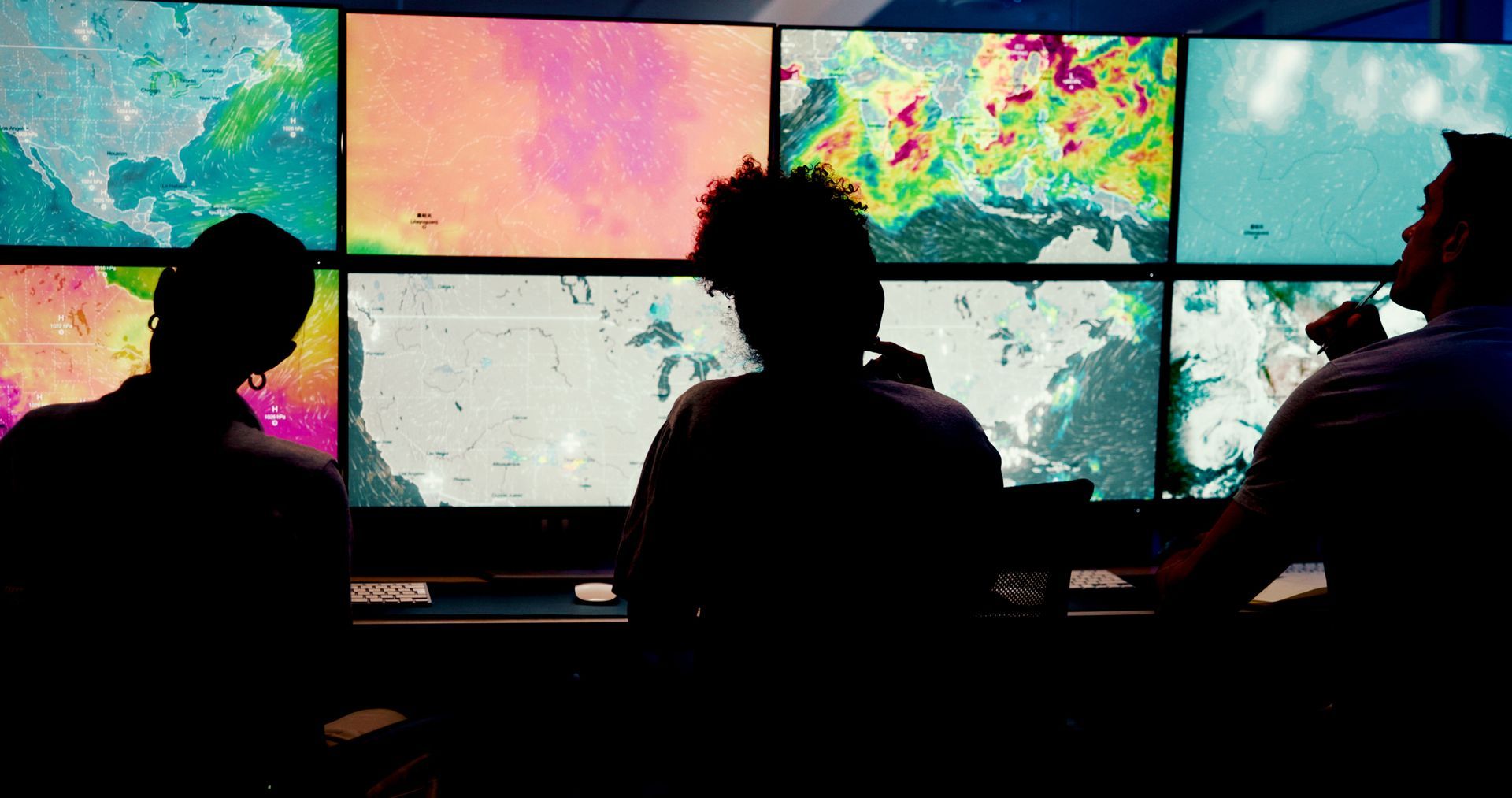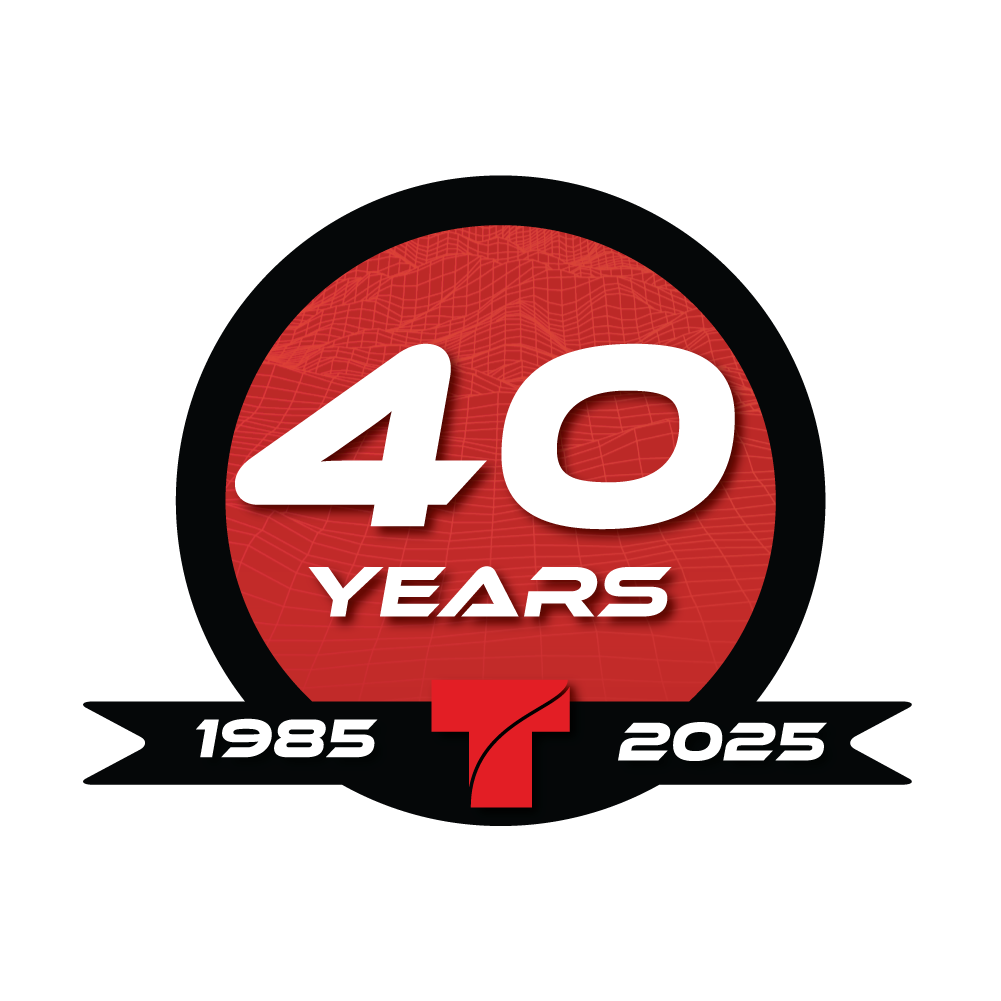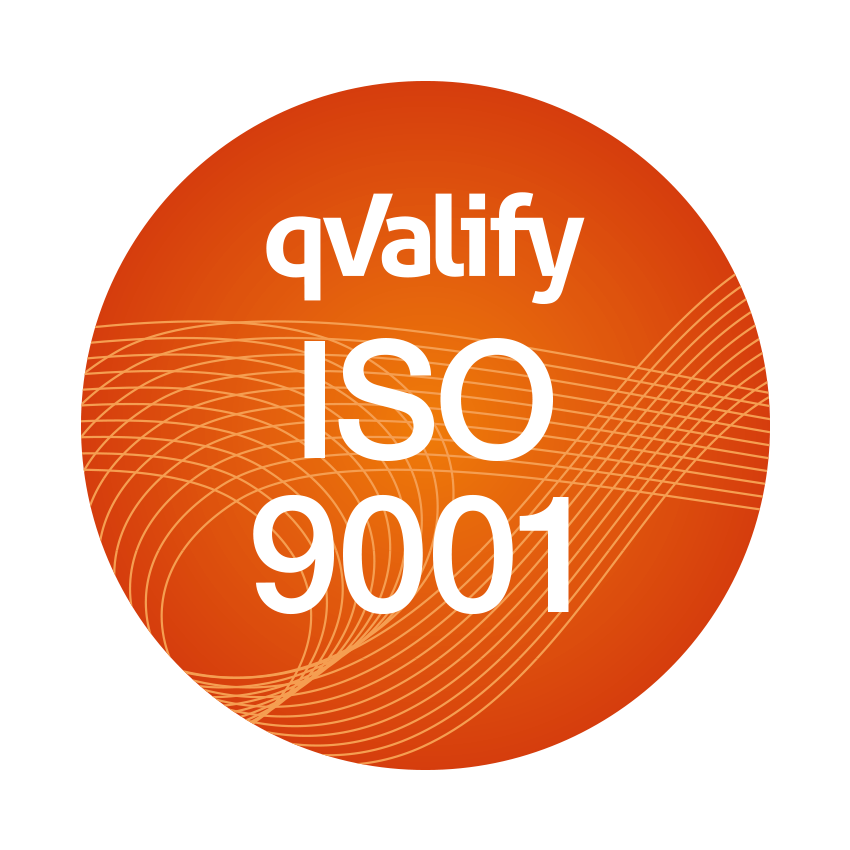User-Friendly and Accessible City Wayfinding Solutions
Some people may not be familiar with the term “wayfinding,” but many of us do it (to some extent) every day. Wayfinding is how we navigate and orient ourselves in urban environments. It’s a critical factor for building livable, prosperous cities. Wayfinding strategies are also a great way to consider accessibility. Wheelchair access and mobility may come to mind when you hear the term “accessibility,” but the term encompasses so much more. Let’s consider how we can use geospatial technology to find user-friendly and accessible wayfinding solutions for cities.
Importance of Accessibility
Accessible cities are important because they ensure people of all abilities can navigate and participate in city life. Accessibility is about physical access and ensuring that information is available in accessible formats for people with visual, hearing, and cognitive impairments. User-friendly wayfinding solutions are an essential part of creating accessible cities. Wayfinding solutions give people the information they need to navigate cities quickly and confidently. They help people find their way around unfamiliar places, and they can make it easier to locate essential services and amenities.
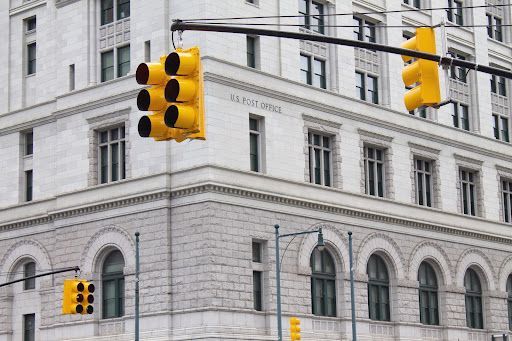
Accessibility Features
There are several types of accessible features that cities can include in their wayfinding solutions. For example, you can use tactile maps to provide information to people who are visually impaired. These maps have raised features that can be felt by touch, allowing people to orient themselves and understand the layout of a space. You can also use audio wayfinding solutions to provide directions to people who are visually impaired. These solutions use audio cues to guide people through an area, making navigating independently easier.
Another critical feature of user-friendly and accessible wayfinding solutions is clear and consistent signage. Signs should be easy to read, with clear fonts and high-contrast colors. They should also be placed in locations that are easy to see and understand. In addition, signs should be consistent throughout a city, with the same symbols and colors used for the same types of services and amenities.
Integrating Geospatial Technology
You can use geospatial tools to create user-friendly and accessible wayfinding solutions. These tools can create digital maps accessed from mobile devices, making it easy for people to find their way around a city using their smartphones. Geospatial tools can also create customized maps highlighting specific features, such as accessible routes or wheelchair ramps.
Impact on Daily Life
The impact of user-friendly and accessible wayfinding solutions on daily life is significant. For people with disabilities, these solutions can make navigating the city more manageable and help them participate in otherwise inaccessible activities. For example, a person who uses a wheelchair might be able to attend a concert or go to a restaurant if they can easily find accessible routes and entrances. User-friendly wayfinding solutions can also reduce anxiety and stress for people with cognitive impairments or unfamiliarity with a city.
Impact on Tourism
User-friendly and accessible wayfinding solutions can also have a positive impact on tourism. Tourists are often unfamiliar with a city and may be hesitant to explore if they are unsure how to get around. User-friendly wayfinding solutions can provide tourists with the information they need to explore the city confidently. This can lead to increased tourism revenue for the city, as tourists are more likely to spend money on activities and services if they feel comfortable and confident navigating the city.
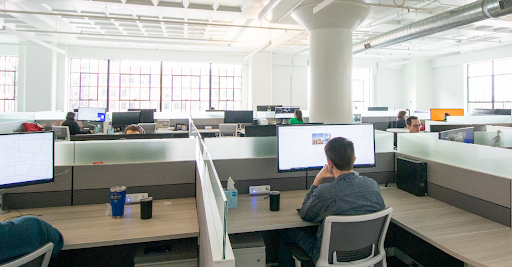
Impact on City Revenue
Finally, user-friendly and accessible wayfinding solutions can directly impact the city’s revenue. By creating an accessible and user-friendly environment, cities can attract more businesses, events, and conferences. These events can bring in additional revenue to the city and create jobs and opportunities for residents.
Work With T-Kartor
Beyond wayfinding, geospatial technology brings benefits and innovations to countless areas. At T-Kartor USA, our expert teams work on projects and development in defense, innovation, satellite imaging, and more. If you are interested in working with us or have any geospatial questions, contact us today!



